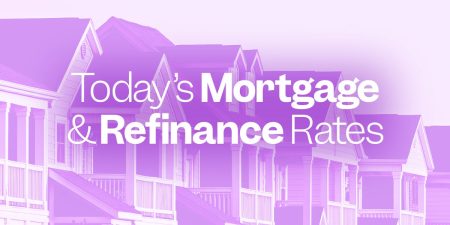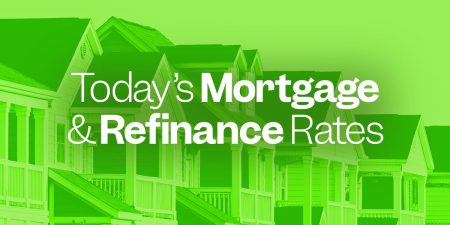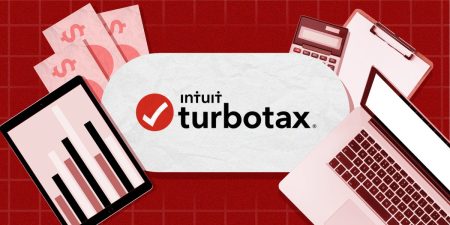Our Journey Into Rental Property Investment
When my husband and I purchased two rental houses in West Texas for $35,000 each in 2022, people often react with disbelief. It sounds like an investor’s dream come true, but the reality wasn’t as straightforward as it seemed. While the low purchase price made these properties affordable, it also presented unique challenges, particularly when it came to securing funding for renovations. The second property, which had previously been owned by a hoarder, required extensive repairs and upgrades to make it rentable. Despite our plans to tackle most of the renovations ourselves, the sheer scope of the work meant we needed significant financial resources.
The Challenge of Funding Rental Property Renovations
We initially considered using a Home Equity Line of Credit (HELOC) or a home equity loan on our first rental property, which we had purchased with cash, to fund the repairs on the second. This approach seemed logical since we had built up substantial equity in the first home. However, we were hesitant to tie the fate of one property to another through a loan. After exploring this option, we faced an unexpected hurdle: the low value of the second property made it nearly impossible to secure a HELOC or home equity loan.
We reached out to national lenders like Rocket Mortgage and even explored local banks and credit unions, but the same issue arose repeatedly. The fees associated with a $28,000 loan were prohibitively high relative to the loan amount, making it unattractive to lenders. The Consumer Financial Protection Bureau’s rules on lender fees further complicated matters, as they limited the amount lenders could charge for such a loan. Despite our excellent credit scores (over 800) and significant equity in our first rental property, a HELOC or home equity loan were no longer viable options.
Why We Opted for a Personal Loan
With a HELOC or home equity loan off the table, we turned to the next best option: an unsecured personal loan. While we knew the interest rate would be higher—10% compared to the 8% we might have gotten with a home equity loan—we saw several advantages to this approach. First and foremost, a personal loan meant our first property was no longer tied to the second. This gave us peace of mind, as the fate of one property wouldn’t jeopardize the other. Additionally, the loan wasn’t secured by the property itself, so even if we defaulted, our ownership of the home wouldn’t be at risk.
The process of applying for a personal loan was also far more straightforward. It took just 10 minutes to apply online, and we received the funds the next day without the need for a home appraisal or origination fees. While the higher interest rate was a downside, the ease and speed of securing the loan made it the most practical solution for our situation.
The Downsides of Using a Personal Loan
While the personal loan proved to be a lifesaver for our renovation project, it wasn’t without its drawbacks. The most significant impact was on our credit scores. Taking on a $30,000 loan caused our previously stellar credit scores to drop considerably. Both rentals are now generating positive cash flow, and we’re paying back the loan without issue, but the hit to our creditworthiness made securing a mortgage for our primary residence more expensive. Knowing that our decision to invest in the rental property indirectly increased the cost of our personal home was a tough pill to swallow.
Despite these challenges, we don’t regret our decision. The personal loan allowed us to turn the second property into a viable investment, and the renovations have paid off in more ways than one. The property has appreciated significantly due to both market growth and the sweat equity we invested. It’s a reminder that sometimes, short-term financial sacrifices can lead to long-term gains.
Our Final Thoughts on Using Personal Loans for Real Estate Renovations
In hindsight, using a personal loan to finance the renovation of our second rental property was a calculated risk that ultimately paid off. While the higher interest rate and impact on our credit scores were significant downsides, the benefits—such as protecting our first property and avoiding the complexities of a secured loan—outweighed these drawbacks. For anyone considering a similar path, it’s important to carefully weigh the pros and cons and evaluate how the decision aligns with your long-term financial goals.












